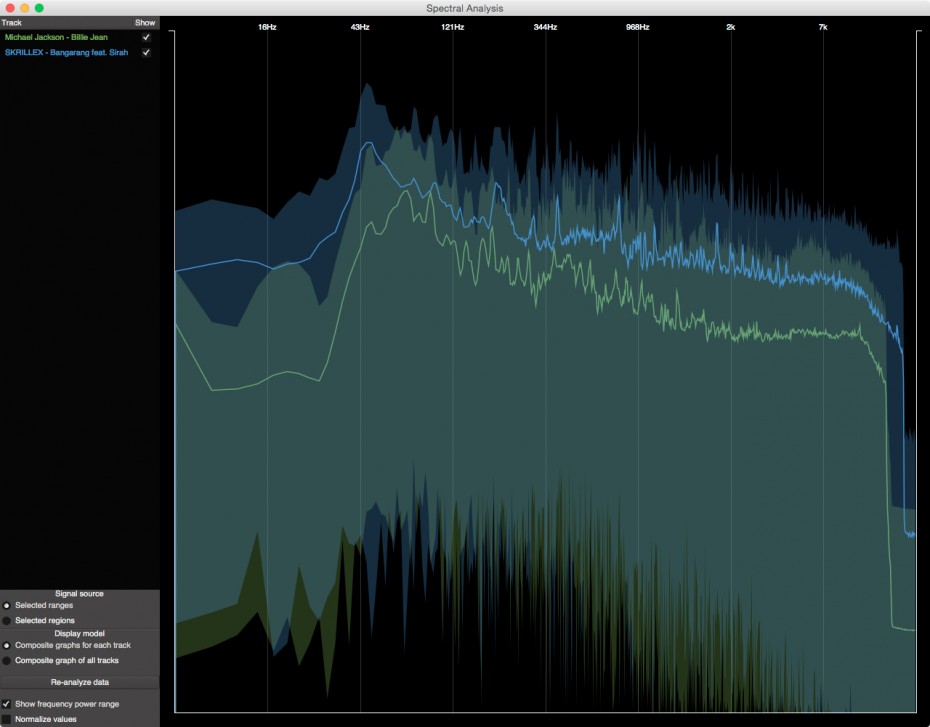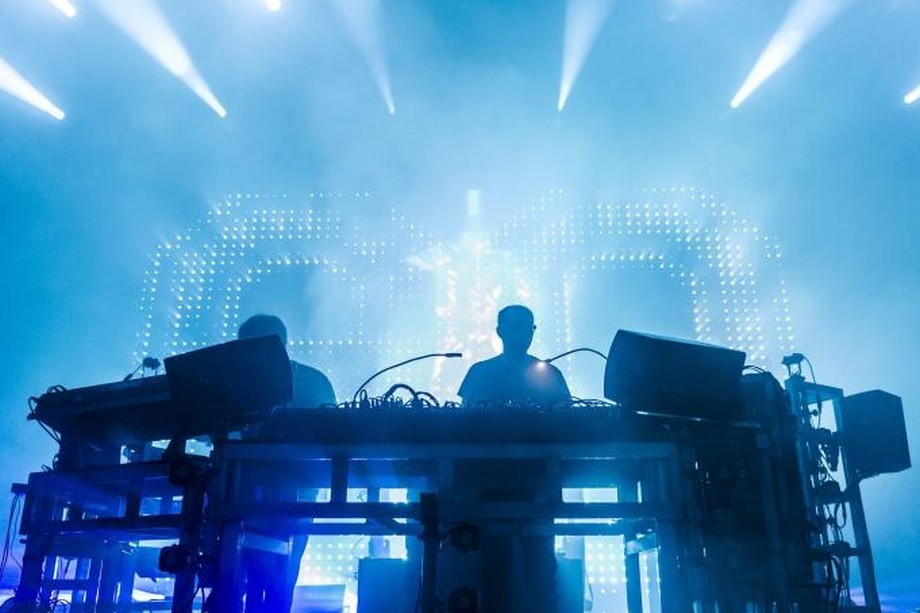By SHANJEEV REDDY
alltherage@thestar.com.my
Electronic dance music or EDM is on an upward spiral right now, basking in its moment as one of the most popular music genres today. While it has many great qualities (workouts certainly wouldn’t be the same without it), it’s not exactly great for your ears.
As reported in our recent cover story, young people today are increasingly likely to experience hearing loss at an early age thanks to their lifestyles — earphones, clubs and concerts are a deadly combo for your ears. The World Health Organisation released a report recently saying 1,100,000,000 young people around the world are at risk of hearing loss today.
And the more we learned about this phenomenon while speaking to audiologists and sound engineers, the more we found that EDM could actually be a big part of the problem.
Dynamic range
One thing that makes EDM particularly bad for your ears is that it lacks dynamic range.
Sound engineer Faiz Fadzil explains: “In a nutshell, for music, dynamic range is the difference between the loudest and the softest parts of the song.
“So if the loudest part of a particular music passage is 100dB, and the softest part of that same passage is 80dB, you can say that particular music portion has a dynamic range of 20dB. On EDM tracks, the dynamic range can be as low as 4dB.”
Basically, that means volume levels are really similar throughout most EDM tracks.
And the louder a noise is, the shorter the duration we can be exposed to it without damaging our ears. For example, anything below 85 decibels, we can listen to it for eternity and not have any damage. But if you’re listening to something that’s 105 decibels, you can only take around three minutes before you do some permanent damage.
That’s why audiologists like Saravanan Selanduray, the senior audiologist and manager of Sunway Medical Centre’s Speech and Hearing Centre, recommends people take breaks if they’re at clubs, where noise levels are generally around 115 decibels. (FYI, at 115 decibels, you could experience hearing loss after as little as 30 seconds.)
But with an EDM track, you don’t exactly get any “breaks”, because they mostly have really narrow dynamic range. With other genres, you’re more likely to have some softer sections (where your ears can rest) which build up to a climax, but apart from “the drop”, you won’t really get that with EDM.
So if you’re at a club with a rock band, the maximum decibel levels might be the same, but at least your ears will get to rest at some point in each song. At a club with an EDM deejay, you’re looking at an entire night at more or less the same max decibel level.
The party don’t stop
Have you heard of a song that’s three hours long? Sure you have — it’s called an EDM set!
That’s one of the main reasons why everyone loves EDM — there are no breaks, and it keeps the party going. But again, your ears aren’t going to get any rest.
That’s why you have products today like DUBS, which are wireless earphones which feed you the noise from your surroundings, but with the option of reducing the volume or filtering our certain frequencies (like say, the ridiculous bass at most clubs).
Many may argue that DJs also spin other genres of music such as hip-hop for hours on end.
Like EDM, hip-hop artistes also rely heavily on samples. But unlike EDM, hip-hop samples are actual sounds recorded with acoustic instruments, and with acoustic sounds, says Faiz. There are only so many tracks you can merge in a mix before they become inaudible or redundant. This isn’t the case with the digital sounds in EDM and its limitless number of tracks on a single song.
So not only are your ears being subject to a loud noise, that noise is loud across many frequencies.
The picture below displays the range of frequencies in an EDM mix — practically everything a human ear can handle (0 – 20kHZ) — compared with Michael Jackson’s Billie Jean. Combine this with a three hour set without breaks in between, and you have a recipe for deafness.

The fine lines show the frequency distribution, from the lowest to the highest on the X-axis while the solid colours show the volume levels which in this case shows that Skrillex’s Bangarang is far superior in both readings. Photo: FAIZ FADZIL
DJ Blink, one half of the popular EDM duo Goldfish & Blink, says: “You can’t compare us to a band. For example, The Beatles only had four tracks to work with. By the time we are done, we have 60 to 80 tracks.”
“In our mixes, we do fill up the spectrum of frequencies in order to create a rich song that feels right,” he said.
However, he feels it’s wrong to generalise the term EDM and that there are several sub-genres, all with their respective musical and production styles.
Admittedly, EDM sounds best at high volumes — it’s the nature of the genre, and that’s how we love it too. There is no need to give up your preferred music but like everything else, enjoy in moderation. Take breaks when partying to EDM, and no matter how geeky you think it might look, wear ear-plugs at concerts.







Tell us what you think!